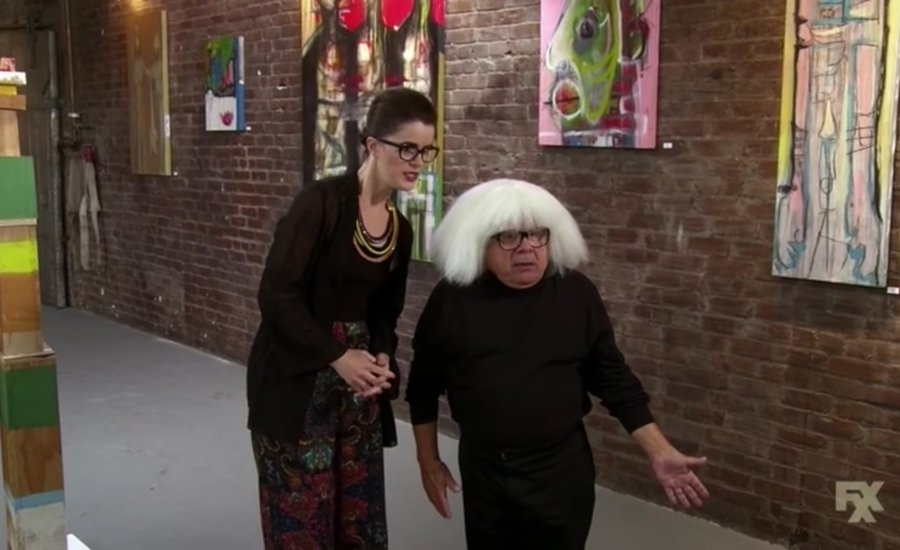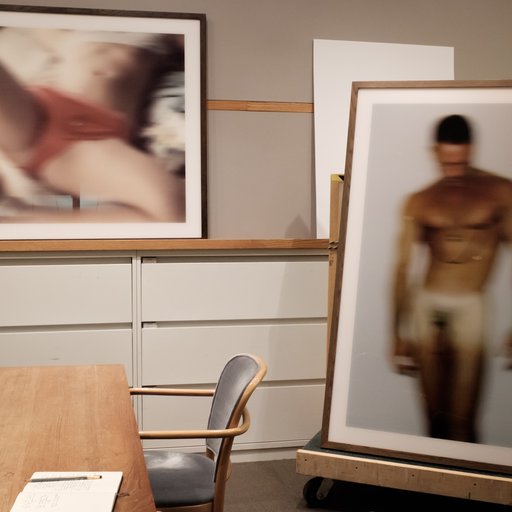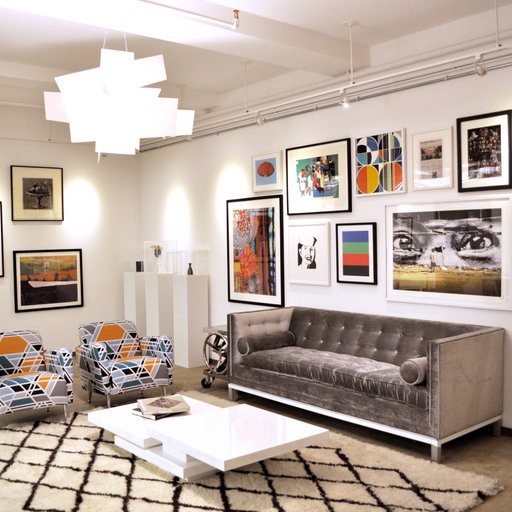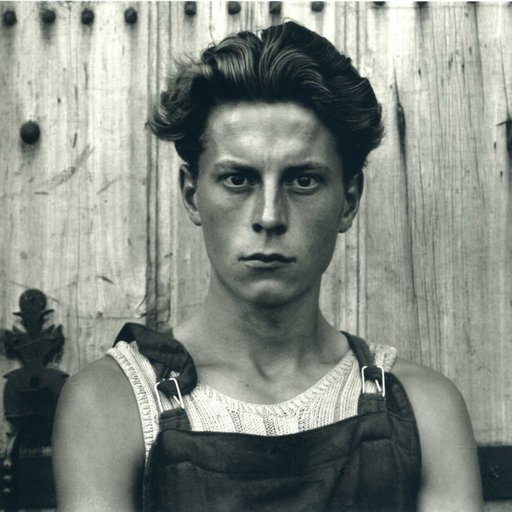For those of us who are new to the art world, Frieze (and art fairs in general) can be a bit intimidating. Basic codes of conduct aren’t immediately obvious, any many people end up avoiding fairs altogether because they don’t want to put themselves in a position where they feel out of place. But here’s the secret: all of us—even the most experienced—have fundamental questions we want to ask but don’t for fear of sounding naïve. So, in preparation for Frieze New York, which opens next week, and for art fairs and events in general, we’ve put together a list of the questions and comments everyone wants to say, but no one has the guts to. And we hope that we’ve provided some answers that will now make it so you don’t even have to ask.
1. “Wait, what even is an art fair?”
An art fair generally takes place over the course of a few days, usually in some type of event arena or convention center. In the case of Frieze New York, it happens from May 5-7 in Randall’s Island, which sits in the East River between Harlem and Queens. (Frieze also happens yearly in London in October.) Art galleries from all over the world bring artwork by the artists that they represent, and hang it in a space the fair has allotted them—we call that a “booth.” So when you walk through the fair, you’ll see rows and rows of booths, each operated by a different gallery. Sometimes a gallery will show works by multiple artists (we call this a group show) or sometimes it’s just the work of one artist (we call this a solo show or a solo presentation.) The name of the gallery is printed somewhere towards the top of the booth's wall, along with what city they’re based in. Galleries need to be accepted into the fair to have the opportunity to occupy a booth. If they’re accepted, they also pay a hefty fee. Their hope is that they can reach collectors and patrons who they might otherwise not have access to, while also spreading the word about their program.
2. “I’ve never even heard of Randall’s Island. How do I get there?”
Frieze is certainly off the beaten path. While you can drive there, there is no self-parking and you’ll need to pay $50 to have your car parked by the valet. And while you can take a taxi if you’re partial to arriving on wheels, we recommend skipping land-bound options all-together: take the ferry. For $19 round trip, you can leave from East 35 th Street on any day, or on Friday, from East 90 th Street. The ride takes about 20 minutes and they leave every half-hour. You can reserve tickets here .
3. “I thought I heard everyone talking about art fairs a few months ago. Is this something else? What does Miami have to do with all of this?”
There are many different art fairs that happen in New York and around the world. Perhaps most famously, Art Basel Miami takes place every December and coincides with many satellite art fairs that happen simultaneously in Miami. Much of the art world flocks to the Southern coast to peruse the fairs, catch some rays, and party on. Back in New York, Armory Week happens every March and also involves a variety of fairs in different locations throughout the city. Frieze is a little bit different in that it doesn’t happen during a time when a lot of other fairs are going on.
4. “Why do some people have VIP passes but not me?” or “I have a VIP pass but I don’t know what that entitles me to.”
The fair organizers and the galleries who show at the fair are usually given a certain number of VIP passes to give to their clients, or art collectors who have bought from them before. VIP passes are also given to members of the press. The privilege generally entails access to a preview of the fair before it’s open to the general public, giving writers the opportunity to report on the fair ahead of time, and collectors to get a head start. VIP passes also have other perks, like access to a VIP lounge and parties. In the case of Frieze, they also include a complimentary ride on the Frieze ferry.
5. "Do I need to be an art collector to go to the fair?"
Absolutely not. In fact most people at the fair are not buying art there.
6. “What do I wear?”
There really isn’t a dress code for an art fair, but people generally show up looking sharp. If you’re trying to blend in, black is your best bet. (After all, Randall's Island is still in New York!) When in doubt, "business casual" is a safe choice. Keep in mind, though, you’ll spend most of the day on your feet, so make those dogs happy with some comfortable footwear.
7. “Okay, I’m at the fair. Is all this stuff for sale?”
Mostly, yes. You can pretty much assume that the reason the art is even there in the first place is because the gallery hopes to sell it to someone. And sometimes, once an artwork gets sold, it is taken down and replaced by another artwork so that the gallery can maximize the revenue potential of their wall space. However, there have been cases when galleries will exhibit work that isn’t for sale. They may do this with a well-known artist or artwork in order to draw people into the booth, or to contextualize the other work in the booth. Frieze also commissions artists to create site-specific installations or performances throughout the fair that are independent of any particular gallery. They’re found in common areas rather than in booths, and they usually have some signage explaining the project. These works are generally not for sale.
8. “How much does it cost?”
At some fairs, prices are listed on the walls next to the works. But if they’re not, you’ll have to ask the booth attendant. Don’t feel sheepish—that’s what they’re there for. They’ll most likely whip out an iPad, and scroll through a PDF to find the price and other relevant information about the work, like its title, year, materials, dimensions, and provenance (where it’s previously been shown.)
9. “But how do I know who the booth attendant is?”
Good question. While most people working at the fair wear badges that say their name and affiliation, trying to sneak a peak at their badge and squint to read their name can sometimes be more awkward than simply making eye contact and asking if they work there. And depending on how crowded the booth is, you can usually just linger about with an interested-but-perplexed expression on your face, and someone will ask you if they can help you with anything. But if not, (again, don’t be sheepish) just say, “Is there someone here who can help me?” They’ll be delighted. Or, if they aren’t, move onto our next question.
10. “Booth attendants are so rude! What’s up with that?”
Oh, right. “Most won’t intend to be rude to you; however, if a client comes in the booth it’s their job to switch gears and speak with them,” explains Patton Hindle in her Artspace advice column Off the Handle . “Galleries pay a lot of money to be at [Frieze] and have a great deal of pressure to make it successful for both their artists and themselves.” So if you’re just interested in learning more about the work but aren’t necessarily interested in buying it, don’t be too demanding of a gallerist's time if they have other people to attend to. And if they’re rude, don’t take it personally—fairs can be stressful for dealers, putting them on edge.
11. “Damn, art is expensive!”
Frieze works with blue chip galleries, meaning the art that it showcases is some of the most expensive art out there. Yeah, it can be intimidating. Not all art fairs are this pricey. NADA, for example, which happens in March, partners with younger emerging galleries and sells art at much less expensive price points (starting around $1000.)
12. “How do I buy art if I’m not a millionaire?”
Like we mentioned, there are art fairs that sell more affordable work. But we’d also like to remind you that you can find a wide variety of artworks (from well-known artists and up-and-comers) for affordable prices her on Artspace! You can browse artworks and filter by price (along with size, medium, style, color, and other defining characteristics.) We’ve made some collections to make it easy: Collection Worthy Artworks for Under $500 and Irresistible Art for Under $1500 are good places to start. If you’re still hesitant to drop a big chunk of change all at once, you can finance your purchase and pay if off over the course of three, six, or twelve months through Artspace's Affirm program.
13. “I thought frieze was the name of a magazine. Is it related to the Frieze art fair?”
Short answer: Yes. The magazine was founded in 1991, the Frieze art fair in London was established in 2003, and Frieze New York and Frieze Masters was established in 2012.
14. "How is this considered good?"
If you're standing in front of an artwork at Frieze thinking, "My five year old kid could do better than this," or more fundamentally, "This is art?" then we'd like to assure you, you aren't alone. What we probably should say is that beauty is in the eye of the beholder, and it's all subjective (which is true) but at the risk of sounding a bit cynical, we'd also like to remind you that you aren't in a museum—you are in a showroom. And here, unlike museums, those choosing which artworks to display are more interested in making money than they are in sparking interesting dialogue about contemporary art. So if the thing you're looking at is bright and shiny but doesn't seem to actually be about anything, it probably isn't. (It might look nice above your couch though, right?)



























